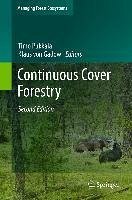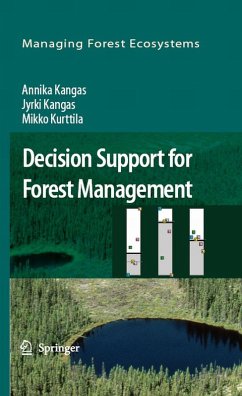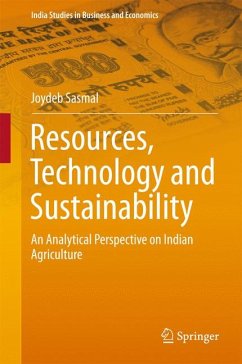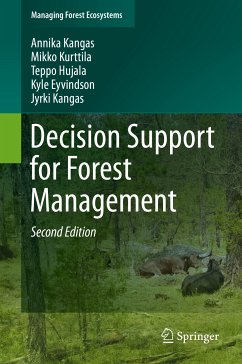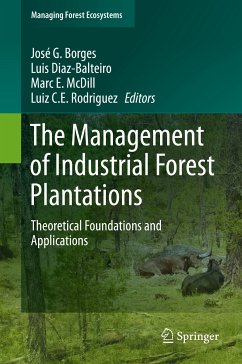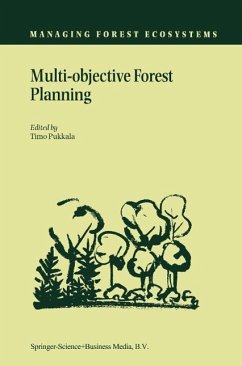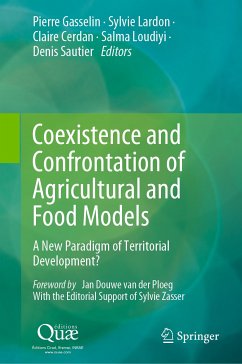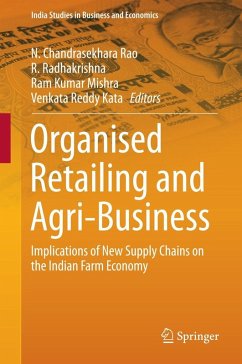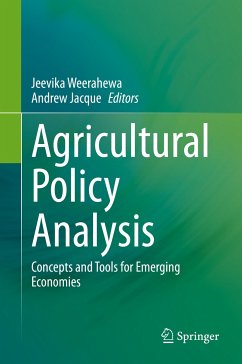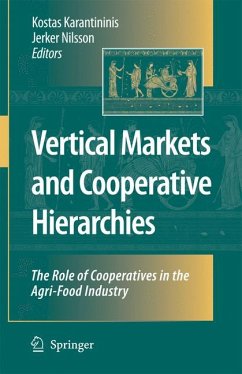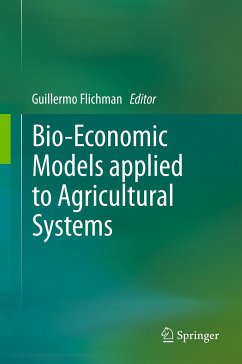
Bio-Economic Models applied to Agricultural Systems (eBook, PDF)
Versandkostenfrei!
Sofort per Download lieferbar
72,95 €
inkl. MwSt.
Weitere Ausgaben:

PAYBACK Punkte
36 °P sammeln!
This book has the purpose of providing the "state of the arts" concerning bio-economic modelling dealing with agricultural systems. In most cases, the contributions use a methodology combining the use of biophysical and economic models, in all cases, an engineering production function approach is totally or partially applied. This practice is being developed in the last years as a response to concrete policy matters: agricultural policies are increasingly combined with environmental and natural resources policies, and this reality involves the need of an integrated assessment, that current eco...
This book has the purpose of providing the "state of the arts" concerning bio-economic modelling dealing with agricultural systems. In most cases, the contributions use a methodology combining the use of biophysical and economic models, in all cases, an engineering production function approach is totally or partially applied. This practice is being developed in the last years as a response to concrete policy matters: agricultural policies are increasingly combined with environmental and natural resources policies, and this reality involves the need of an integrated assessment, that current economic models are not able to provide.
Dieser Download kann aus rechtlichen Gründen nur mit Rechnungsadresse in A, B, BG, CY, CZ, D, DK, EW, E, FIN, F, GR, HR, H, IRL, I, LT, L, LR, M, NL, PL, P, R, S, SLO, SK ausgeliefert werden.




